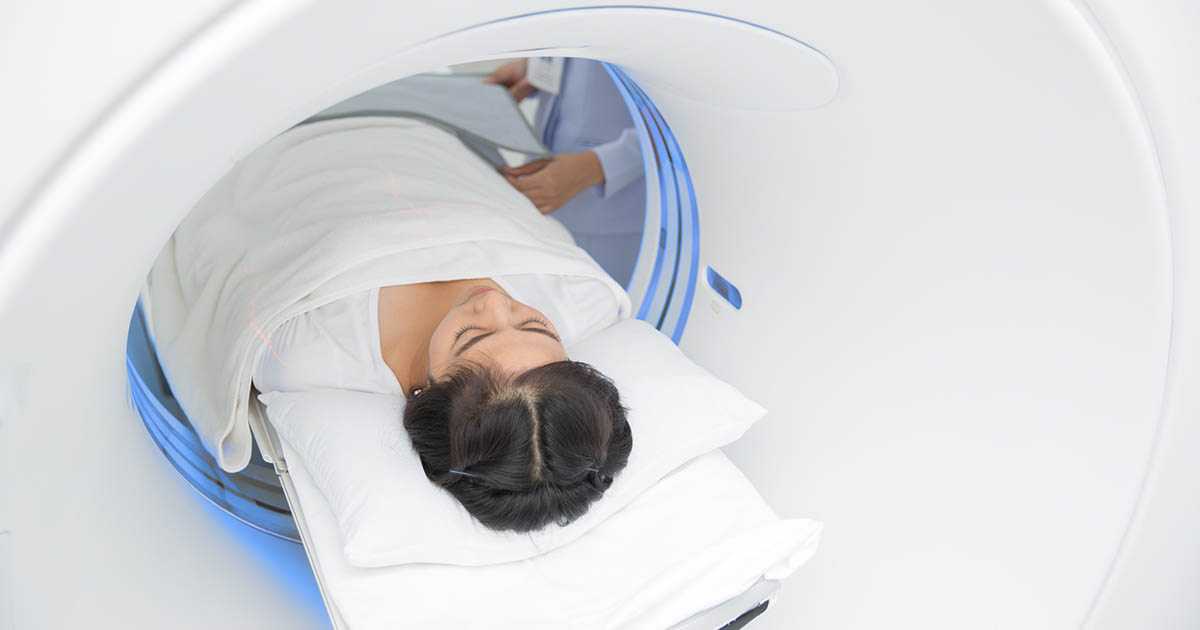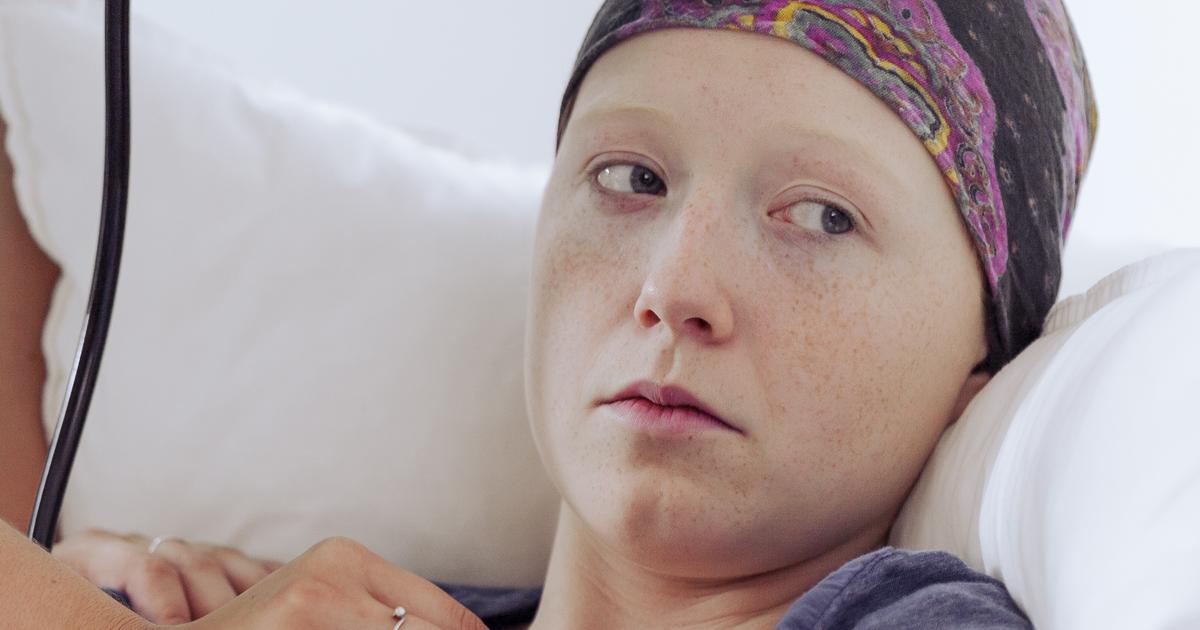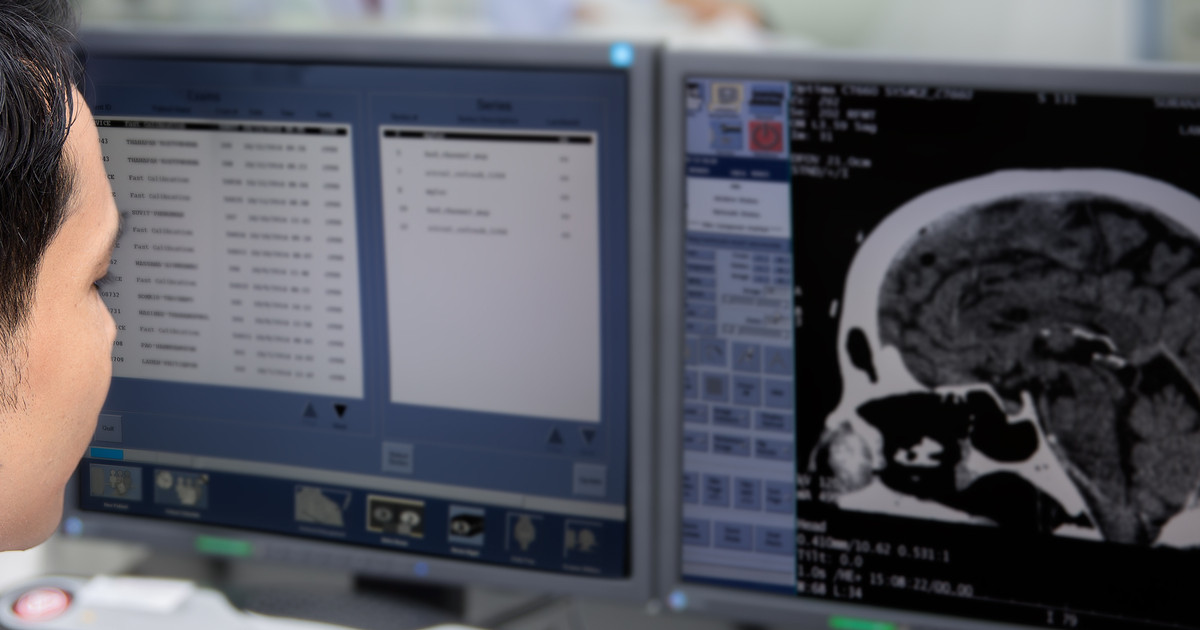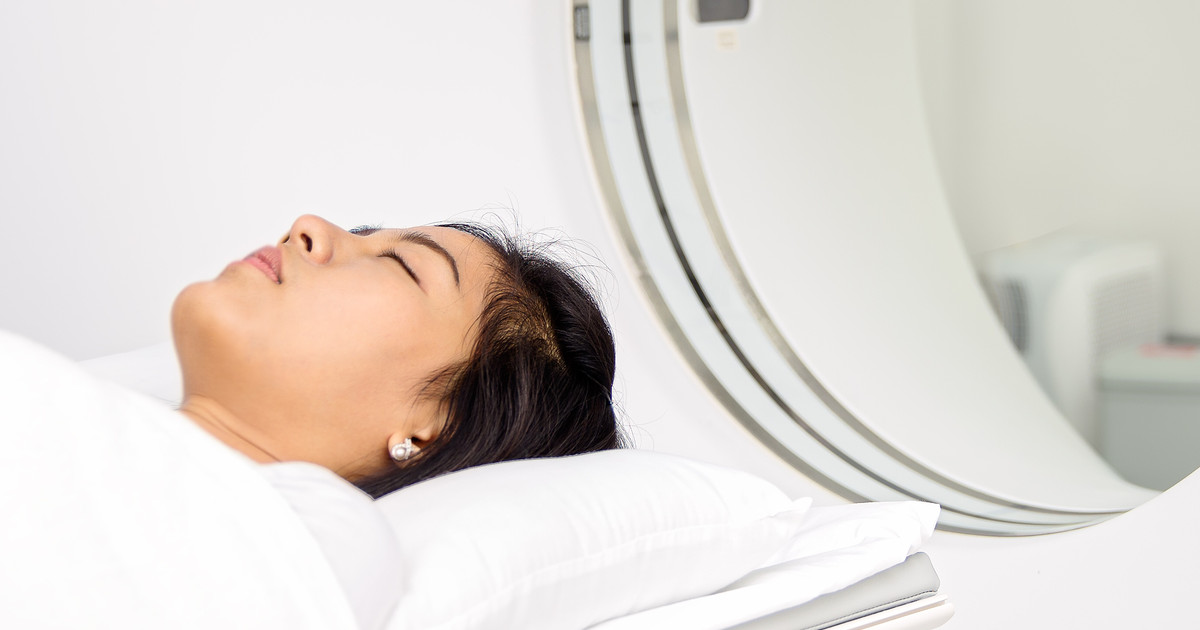Overview of Computerized Tomography (CT) Scans
A computerized tomography (CT) scan is a diagnostic imaging technique used to produce detailed pictures of the bones, organs, and other tissues. It can be performed on any part of the body and does not cause pain or discomfort. Computerized tomography scans provide more detailed pictures of the structures inside a patient's body than a standard x-ray.
Many patients will need at least one imaging scan in their lifetime, and it is often a computerized tomography scan. These scans are quite important when it comes to diagnosing medical conditions. One of these conditions is cancer, and the scans can help inform the extent of the patient’s cancer so that doctors can recommend the most effective cancer treatment plan. This often includes chemotherapy and surgery for cancer. Of course, patients must understand how a computerized tomography scan works first.
How The Scan Works

Computerized tomography scans make two-dimensional pictures of a section of a patient's body. This scan sends numerous narrow beams of radiation through a patient's body in an arc shape. This allows for a collection of x-rays of the body to be taken from different angles. The x-ray apparatus inside a computerized tomography scanner can see hundreds of degrees of tissue density. This provides it with the ability to form details specific to certain tissues within an organ. The cross-sectional x-rays are compiled and built into a two or three-dimensional representation of the body, which is then projected onto a monitor.
Computerized tomography scans have improved significantly since their debut in the 1970s. The scanners can be found in outpatient facilities as well as hospitals. A computerized tomography scan can help clarify an abnormality in a patient's body that another test, such as an ultrasound or an x-ray, has picked up.
Learn more about when computerized tomography scans are used next.
When CT Scans Are Used

Computerized tomography scans are used to create images of organs and structures inside a patient's body. The most common include the pelvis, soft tissues, brain, lungs, bones, abdomen, and blood vessels. These scans are highly preferred to make a clinical diagnosis of several types of cancers, such as lung cancer, liver cancer, and pancreatic cancer. A computerized tomography scan can tell a doctor the exact size of a tumor, where it is located concerning other structures, and the extent to which it has affected neighboring tissues.
This type of scan can also tell a doctor if a patient has any bleeding, tumors, or swollen arteries in their brain. These scans can be useful when evaluating the condition of a patient's bones, identifying signs of bone disease, state of their spine, and changes in bone density. In some cases, computed tomography scans can guide a doctor when they need to do a biopsy or take a tissue sample.
Discover how to prepare for a computerized tomography scan next.
Preparing For A CT Scan

The preparation needed for a computerized tomography scan can differ depending on what part of an individual's body is being scanned. While metal objects like jewelry, hair clips, zippers, studs, button snaps, and underwires do not pose a safety hazard during this type of scan, they can compromise the quality of the results. Some medications may need to be stopped before the scan because they can interfere with the contrast agent being used.
When an individual has a computerized tomography scan on their abdomen or pelvis, they may need to consume a contrast drink before the scan so their digestive tract shows up clearly. Someone having a scan on their pelvic region may need to have an enema with a contrast substance to help highlight their bowels on the scan. They may be asked to empty their bladder before the scan. A contrast agent may need to be injected into a patient's bloodstream before the scan.
Get more information on CT scans with contrast next.
CT Scans With Contrast

A contrast medium may be needed in some patients who have a computerized tomography scan. A barium based or water-based liquid contrast medium may need to be consumed orally before a patient has a pelvic or abdominal CT scan. If the scan is to be focused on the patient's small intestine, they may need to arrive at least an hour ahead of their scheduled scan. This time is required so the contrast medium has time to reach their small intestine before the scan is taken.
Some patients need to have an intravenous contrast medium for their computerized tomography scan to highlight blood flow through the suspected structure or organ in the body. Intravenous contrast medium is injected into a vein in the patient's arm so it enters into their circulation. The intravenous contrast medium may make patients feel flushed or unusually warm. Some patients may get an upset stomach from the intravenous contrast medium after it is injected.
Read about the risks associated with computerized tomography scans next.
Risks Of A CT Scan

A computerized tomography scan is generally known to be a safe procedure for most individuals. While ionizing radiation is used during one of these scans, the exposure to the patient is minimal. Thus, it should not have any long term effects. Even though the dose of radiation is low, it can harm an unborn baby, so a pregnant woman or one who thinks they may be pregnant should not have one.
Additionally, a patient can have an allergic reaction to the contrast agent used for their computerized tomography scan. Individuals who have a known allergy or sensitivity to iodine, contrast dye, or shellfish should speak to their doctor before having a computerized tomography scan with contrast. Any patient who has or has previously had problems with their kidney function should notify their doctor before they have a computerized tomography scan with contrast. The reason is that the contrast medium can induce acute kidney failure.
Continue reading to learn about CT scans versus MRI scans next.
CT Scans Versus MRI Scans

Computerized tomography scans do not produce as much detail as magnetic resonance imaging scans. However, they are less expensive to perform and used more often. They are also faster, which is often why they are performed in emergencies. A computerized tomography scan uses a large doughnut-shaped machine the patient slides into on a special table. The computerized tomography machine has a much larger opening and is not as deep as a magnetic resonance imaging machine. This makes sedation less necessary for some patients.
Doctors will provide their recommendation on which scan is necessary and when. In most cases, computerized tomography scans are the choice for head trauma or a bone fracture, as well as for a general image of internal organs. Magnetic resonance imaging is employed when doctors need a detailed image, such as in the case of a herniated disk or soft tissue problems.
Reveal information on the different types of CT scans next.
Types Of CT Scans

There are many different types of computerized tomography scans. Patients will receive the one best suited for their needs. For instance, they will often receive a head CT if they are dealing with dizziness or unexplained headaches. This is also the type of computerized tomography scan that doctors will order when patients come into the emergency room with head trauma. Doctors order a computerized tomography bone scan when their patient has experienced a fracture or other bone issues. This type can also diagnose bone cancer.
There are also versions of computerized tomography scans that look at the patient’s chest, abdomen, and heart. Another type is a CT angiography, also called an angiogram, to assess the risk of heart disease and detect blood vessel damage and similar issues. Patients must discuss their options with their doctor regarding all of the types of CT scans first.
Read about the expectations during the scan next.
Expectations During The Scan

During a computerized tomography scan, patients will need to wear a hospital gown over their undergarments. They will need to lie completely still on a special exam table. This table is motorized and will slide into the scanner. Most patients will lie on their back. However, sometimes they may need to lie on their side or facedown, depending on their needs and the specific type of computerized tomography scan they require. The table that they lie on may move a few times during the scan to take pictures of different areas. Even when the table moves, patients must lie as still as possible. Patients should expect to be alone in the room during the scan. Sometimes, children who need one of these scans can have a parent in the room, though the parent must wear a lead apron. This is to prevent potential radiation exposure. Although they are alone, there is an intercom that will allow the radiographer to communicate with the patient and vice versa.
Discover information on CT scans and pregnancy next.
CT Scans And Pregnancy

As mentioned previously, computerized tomography scans are often not recommended for pregnant women. This is because, as stated, the radiation used during these scans can pose a risk to an unborn baby. Thankfully, the risk is fairly low. However, the small risk is also why doctors will often recommend an alternative scan, including ultrasounds and magnetic resonance imaging, when they can provide the necessary benefits. When doctors do recommend a computerized tomography scan for a pregnant woman, they will do so when the benefits outweigh the risks of the scan. It is vital to maintain the mother’s health to also keep the baby healthy.
Get the full details on CT scans and claustrophobia next.
CT Scans And Claustrophobia

Computerized tomography scans require patients to be in a hollow tube for at least a short period of time. In addition, patients must remain completely still for the duration of the scan. Unfortunately, this can be challenging for patients who have claustrophobia. Of course, this is the fear of small and confined spaces. This should not, however, prevent patients from getting a computerized tomography scan when it is necessary. The first thing that they must do is inform their doctor that they are claustrophobic. Their doctor will then be able to explain the scan in detail to help keep them calm during it. In some cases, doctors will provide patients with a sedative to keep them still. Others will allow patients to listen to music or employ other distraction techniques during the scan.
